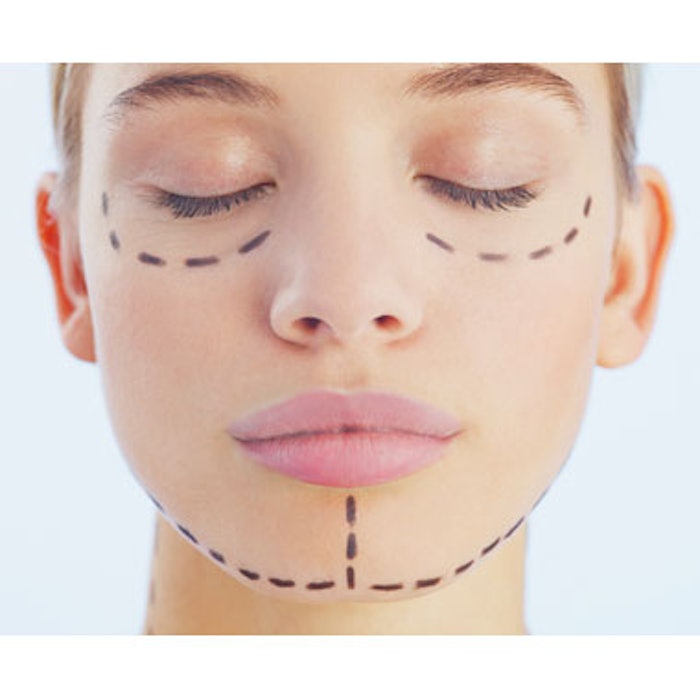
New data released by the American Society of Plastic Surgeons (ASPS) show a 3% growth in cosmetic procedures over the last year. There were 17.1 million surgical and minimally invasive cosmetic procedures performed in the U.S. in 2016, and facelifts—which dropped from the top five most popular cosmetic surgical procedures in 2015—made a comeback in 2016, according to results of the annual survey.
The statistics also showed new cosmetic trends in fat grafting procedures:
- Minimally invasive cosmetic fat injections increased 13%
- Buttock augmentation using fat grafting increased 26%
- Breast augmentation using fat grafting increased 72%
In addition, noninvasive fat reduction and skin tightening procedures are gaining popularity among patients:
- Injection-based procedures that target fat pockets in specific areas increased 18%
- Fat reduction procedures that freeze fat increased 5%
- Skin tightening procedures that target fat and tighten sagging areas increased 5%
In 2016, cosmetic surgical procedures grew at a slightly higher rate than minimally invasive cosmetic procedures (4% vs. 3%). Of the nearly 1.8 million cosmetic surgical procedures performed in 2016, the top five were:
- Breast augmentation (290,467 procedures, up 4%)
- Liposuction (235,237 procedures, up 6%)
- Rhinoplasty (223,018 procedures, up 2%)
- Eyelid surgery (209,020 procedures, up 2%)
- Facelifts (131,106 procedures, up 4%)
Among the 15.5 million minimally invasive cosmetic procedures performed in 2016, the top five were:
- Botulinum toxin type A (7 million procedures, up 4%)
- Soft tissue fillers (2.6 million procedures, up 2%)
- Chemical peels (1.36 million procedures, up 4%)
- Laser hair removal (1.1 million procedures, down 1%)
- Microdermabrasion (775,000 procedures, down 3%)
For the first time the ASPS statistics included data on labiaplasty, which the organization began tracking in 2015. Demand for the surgery increased by 39% in 2016, with more than 12,000 procedures.
“As cosmetic procedures become more common, we are seeing more diversity in the areas of the body that patients are choosing to address,” said ASPS president, Debra Johnson, MD. “A decade ago plastic surgeons might have seen a patient every seven to ten years when they needed a major procedure like a facelift or tummy tuck. Now patients have ongoing relationships with their plastic surgeons and feel more comfortable discussing all areas of their body that they may be interested in rejuvenating.”
Photo copyright Getty Images.











